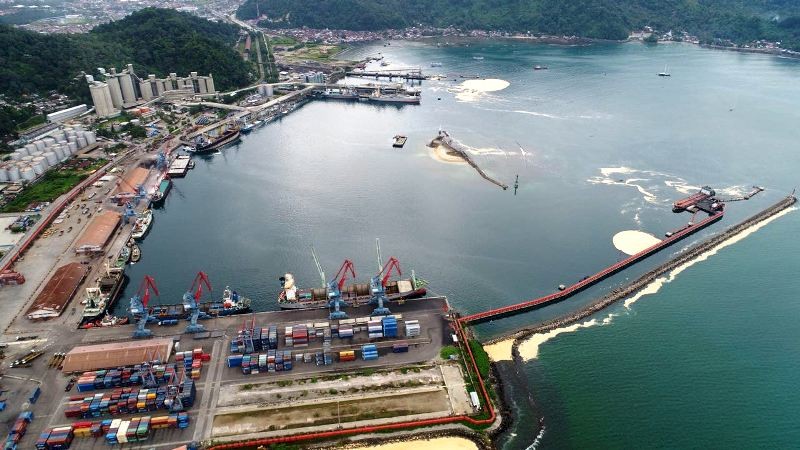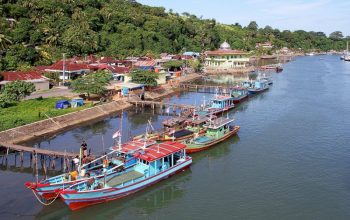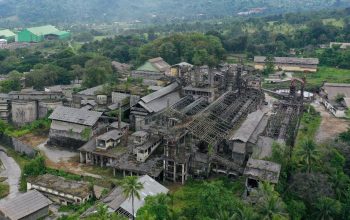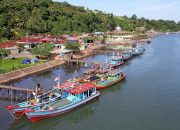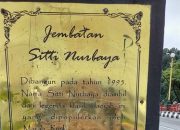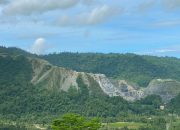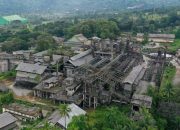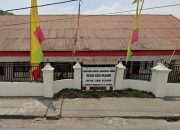Teluk Bayur Port, located in Padang, West Sumatra, Indonesia, is the largest and busiest port on the western coast of Sumatra. Originally built in 1888 during the Dutch colonial era, it was known as Emmahaven. The port has undergone significant renovations to modernize its facilities, including the addition of a new container terminal in 2013 capable of handling over 4,000 containers across a 46,886 square-meter area (Wikipedia) (IPCTPK).
Key characteristics of Teluk Bayur Port include:
Strategic Location: The port is situated on major international trade routes, making it a crucial point for the export of plantation and farming products, as well as mining outputs like coal and cement (SHIPNEXT) (Global Energy Monitor).
Modern Infrastructure: The port features advanced equipment such as gantry cranes, rubber-tired gantry cranes, and reach stackers. It has expanded its multi-purpose and container terminals to accommodate larger vessels, allowing up to 16 large ships to dock simultaneously (Wikipedia) (IPCTPK).
Economic Impact: Teluk Bayur Port serves as an economic hub for West Sumatra, facilitating the export of key commodities including cement, rubber, cooking oil, and cassiavera. This port significantly contributes to the region’s economy by supporting both domestic and international trade (Wikipedia) (IPCTPK).
Capacity and Operations: The port has an annual coal handling capacity of 2 million tonnes and can accommodate bulk carriers up to 35,000 DWT. It has multiple berths and a spacious storage yard to support its operations efficiently (SHIPNEXT) (Global Energy Monitor).
Overall, Teluk Bayur Port is a vital maritime infrastructure that supports the economic development of West Sumatra and connects the region to global markets.
